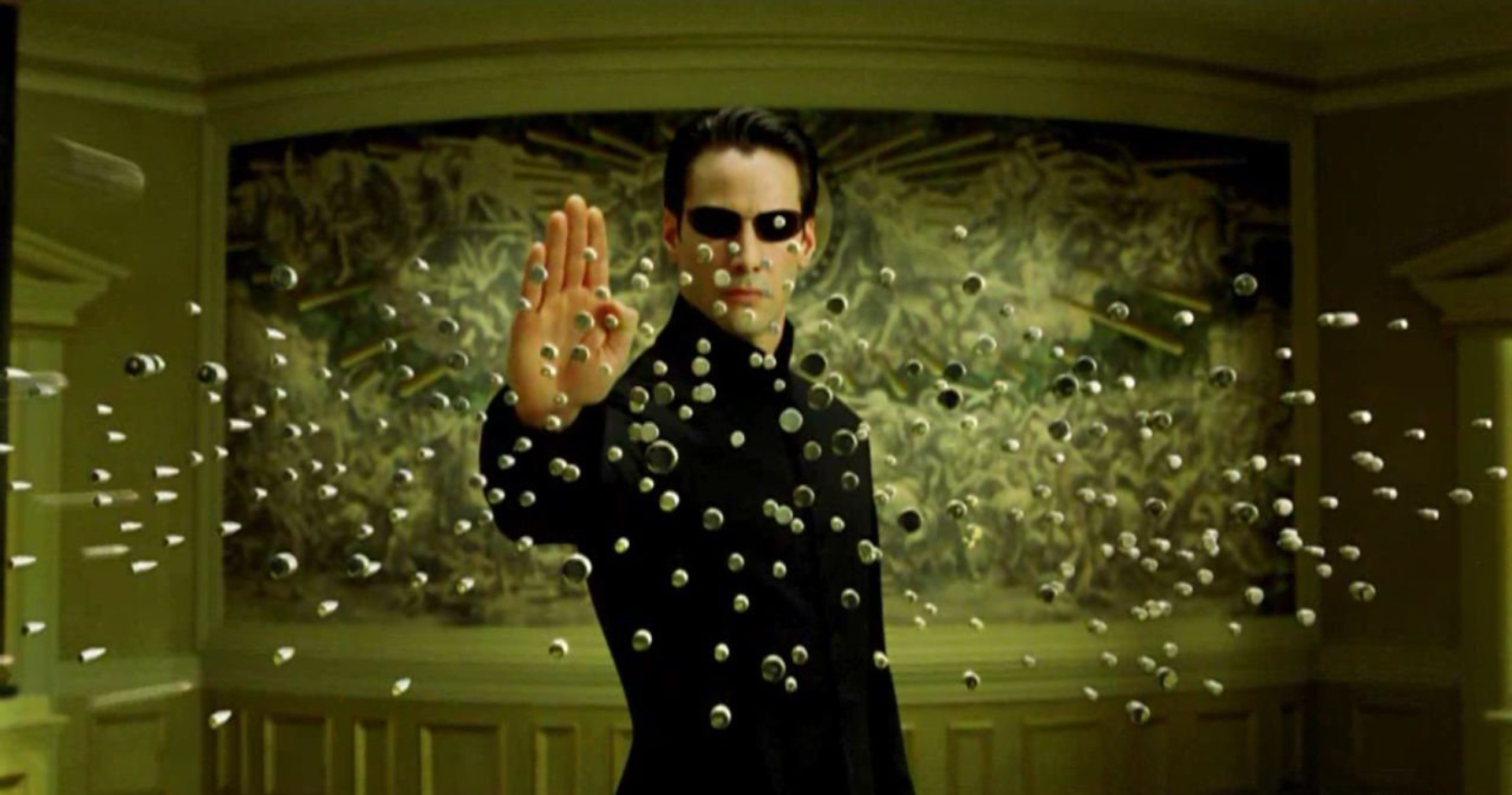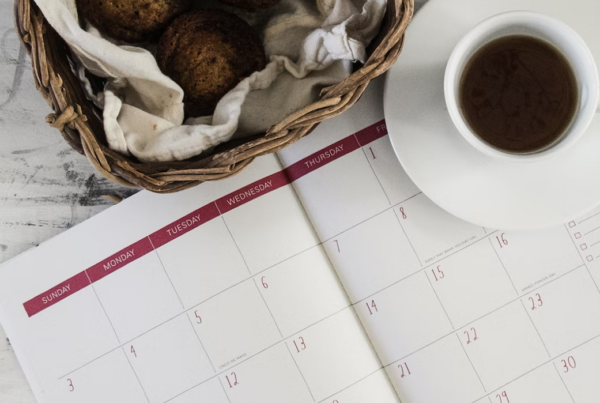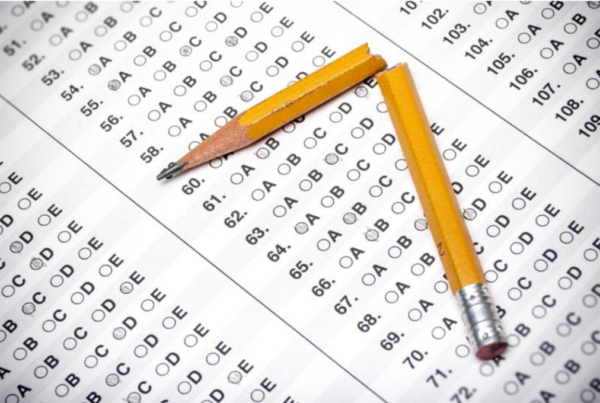Remember that scene in The Matrix when Neo can suddenly see the code behind what he thought was reality? Suddenly, he could keep up with the system Agents without even breaking a sweat.
The SAT works the same way. If you just look at the surface level, you only see bunches of unrelated questions flashing by, and you’ll get overwhelmed. Instead, learn to see the underlying patterns.
Fun fact, pattern recognition is also the basis of expertise in everything from counter-terrorism to neurosurgery, so you might as well start with the SAT.
The Big Secret about all Standardized Tests
There are only a few types of questions on the test, which just swap out new words and content. If you know how to solve the TYPE of question, the actual material in the question become irrelevant.
This is the most important thing to understand about the test. Patterns repeat, not just subject matter, but HOW questions are asked and how they are solved.
The number of categories is more than what they tell you in the test book, but it’s between 10–20 for reading and writing (depending on how you divide your categories) and 40 in math, grouped by subject. That’s still fewer than the number of concepts you’d have to learn to do the test the “normal” way, so it’s worth learning.
The Question Types on the SAT
How do you learn the question types? Well, you could buy our book or sign up for our tutoring, but there’s actually a better way, if you have the time and the determination: create your own categories.
Start by getting your hands on the Official SAT Study Guide or downloading test 1 from Khan Academy. Start with the Writing section.
Without even reading the questions, just look at the overall patterns and the shapes of the text and answers on the page. You probably notice that some questions look like each other and even that the instructions have similar wording.
Look at question 4. All the words in the answer choices are the same, but the commas move around and there is a colon thrown in. So this question is only about punctuation, not word choice or editing.
That might seem obvious, but take a look at question 9. All the answer choices are transition phrases. Spelling isn’t an issue, and punctuation isn’t either.
It also turns out that transition questions are always solved in the same way: look at the preceding sentence to figure out what is the relationship between the two. There are only two types of transition errors: too many, or wrong cause-effect. Look for a wrong cause-effect in this case and you’ll have your answer.
Question 11 includes some punctuation and a conjunction option. It’s about connecting clauses. Don’t worry about cause-effect because it’s not an issue.
Choose Your Own Test
How do you learn all these tricks? By looking for connections between questions and simply trying to put them into groups.
An Exercise for Seeing the Code Behind the Test
- Get out a blank piece of paper and draw 5 big circles on it. You can add more if you need them.
- Start looking at questions in the Writing passages and write their numbers in the circles based on similarities.
- Label the Circles as a type of question once you have at least 3 numbers in each one.
- Look for recurring patterns.
- Be open to changing your categories and moving questions around if you think they can go into better groups.
- Try to fit each question into only one category.
- Once you have some groups, try to solve all the questions in that group.
- Pay attention to what you have to do repeatedly.
- Check the answer explanations in the back of the test.
Remember, it doesn’t matter that you get all the question types or that your categories match the real ones. It just matters that you start training yourself to see the test as made of categories.
I ran this exercise with a class of students and they said it was one of the most useful things they did to prepare for their test. Even though it didn’t necessarily teach them how to solve the questions, it gave them much more confidence in knowing what they needed to look for and how to approach the problem.
What You Know Still Matters
Remember, you still have to know the subject material. You still have to know how to use commas correctly and how to cross-multiply.
But knowing the question types will let you go much faster and be more accurate because you won’t have to waste time figuring out what kind of information you need, just how to apply it.
If you’re interested in learning more about this approach to the test, you can download parts of our upcoming book.




